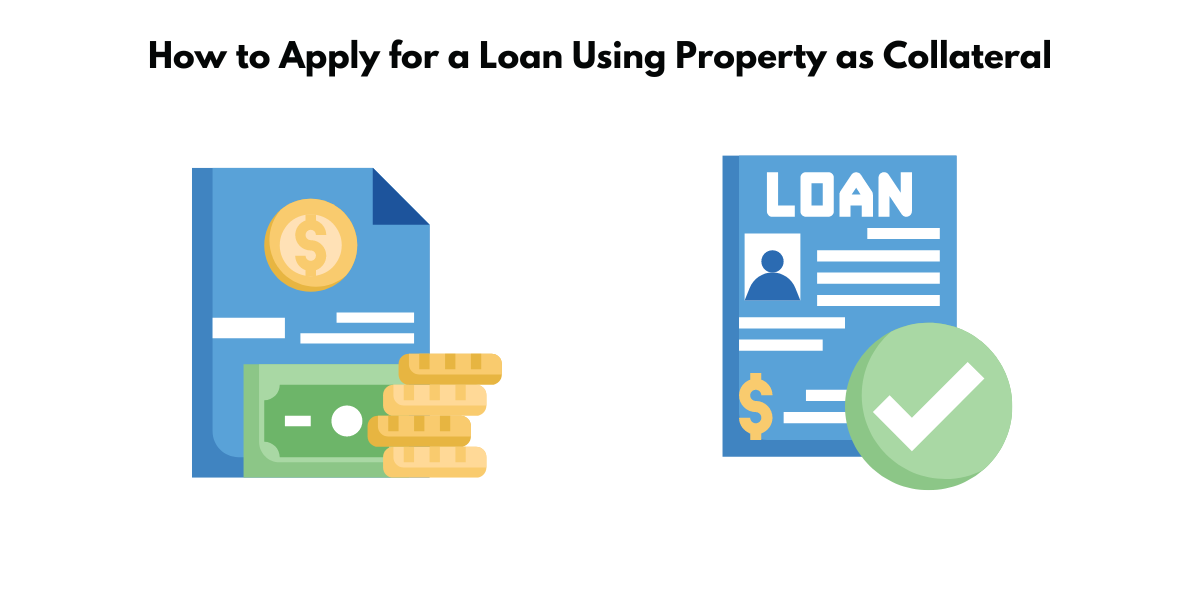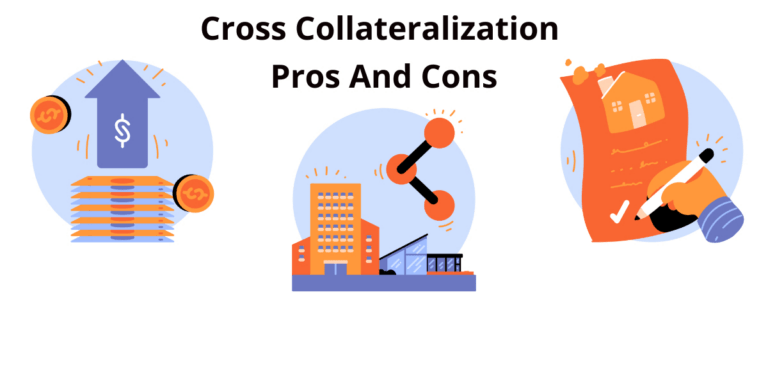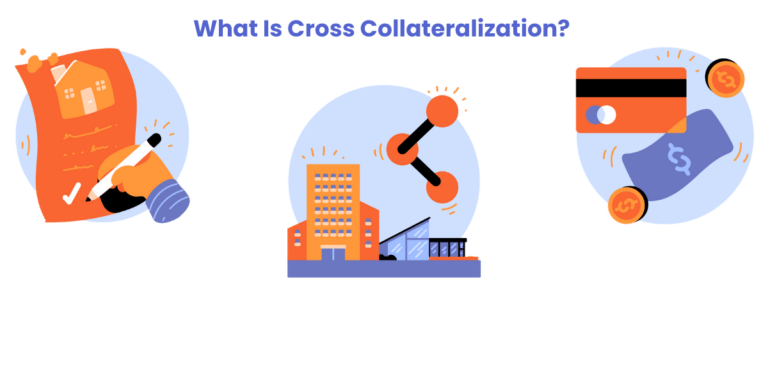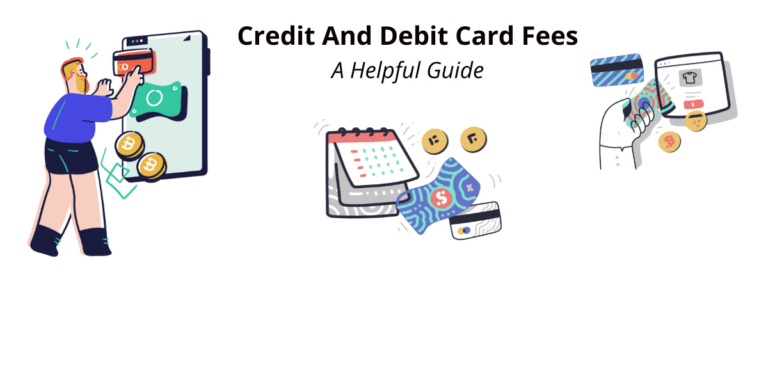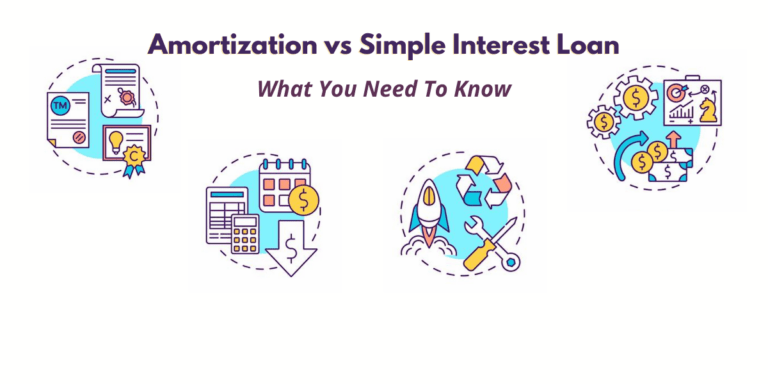Maximize Loans: Use Property as Collateral – A Quick Guide
Introduction to Leveraging Property for Loans
Understanding the Basics of Collateral
Collateral is a borrower’s pledge of specific property to a lender, to secure repayment of a loan. The collateral serves as protection for a lender against a borrower’s default—that is if the borrower fails to pay the principal and interest under the terms of the loan obligation, the lender can seize the collateral—and may sell it to recover the amount originally lent to the borrower.
The Appeal of Property-Backed Financing
Real estate has long been favored as a form of collateral for financing due to its substantial value and the relative ease of establishing its worth through an appraisal. The appeal of property-backed financing lies in its ability to provide borrowers with access to larger sums of money, often at a lower interest rate compared to unsecured loans. This is because the lender’s risk is mitigated by the tangible asset that can be liquidated in the event of default.
Additionally, property-backed financing can prove to be a flexible solution for both personal and business endeavors. Homeowners, for instance, can leverage the equity in their homes to secure funds for renovations or consolidating debts, while business owners may use commercial or even personal real estate to fund operations, expand their business, or improve cash flow.
For investors, real estate collateral can also pave the way to opportunities for wealth creation, as loans might be used to acquire more property, undertake development projects, or invest in other ventures, potentially yielding high returns.

Assessing Your Property’s Potential as Collateral
Evaluating Land Equity and Real Estate Values
Land equity is the difference between the value of your land and what you owe on it. It’s a crucial element in the valuation of loans and is comparable to equity in a home. To assess land equity, lenders usually require a real estate appraisal from a certified appraiser, who considers several factors such as condition, location, utility, and surrounding environmental constraints, to determine the land’s current market value.
For land further removed from populous areas, the value might be assessed lower compared to land that is near cities, holding higher demand and development potential. However, value can be adversely affected by restrictions, such as an environmental protection act, obstructing potential development.
The condition of the land also holds weight; for example, undeveloped land with no utilities may be appraised lower than a fully serviced lot within a development zone. The positioning on a slope or within a floodplain can also influence its value.
Qualifying Criteria for Property as Loan Security
To qualify for a loan using property as collateral, lenders typically look at a set of established criteria to ensure the value and saleability of the asset. These criteria are essential in providing the lender with enough security to grant the loan. Here are the key factors lenders consider:
1. Property Value: The most fundamental requirement is the current market value of the property, determined through an official appraisal. The valuation sets the ceiling for the potential loan amount.
2. Equity: Borrowers need to hold sufficient equity in the property. Equity is calculated by subtracting any existing mortgage balance from the property’s appraised value. High equity increases the chance of loan approval.
3. Debt-to-Income Ratio (DTI): Lenders assess the borrower’s ability to manage monthly payments by examining their debt relative to income. A lower DTI typically means a better chance of qualifying for a loan.
4. Credit Score: A borrower’s credit score is a measure of their creditworthiness. While a good credit score is preferred, some lenders specialize in working with clients with lower scores, albeit often at higher interest rates.
5. Property Type: Some lenders might have restrictions on the type of property that can be used as collateral, favoring residential over commercial properties or vice versa.
6. Location: The property’s location is vital. Prime locations with high demand are more acceptable to lenders because they can be sold off more quickly if a borrower defaults.
7. Insurance: Lenders require that the property used as collateral is insured, safeguarding the asset against damage or loss.
8. Legal Clearances: The property must be clear of any legal disputes or encumbrances. Lenders will conduct a title search to ensure there are no outstanding claims or liens on the property.
9. Property Usage: Lenders evaluate what the property is used for – whether it’s a primary residence, investment property, or vacant land. This can influence your loan terms and interest rate.
10. Liquidity: How quickly a property can potentially be sold is an important consideration. Properties that can be liquidated faster may be more appealing to lenders.
In essence, the qualifying criteria for property as loan security not only safeguard the lenders’ investment but also structure the foundation of the loan terms, which borrowers have to diligently acknowledge and meet to secure the necessary financing.

Risks and Considerations When Collateralizing Property
The Possibility of Losing Your Asset
The potential loss of one’s asset is an inherent risk when using property as collateral for a loan. In the event a borrower is unable to make timely payments, the lender has the right to initiate the foreclosure process, which can ultimately lead to the loss of the property. This process allows the lender to recover the outstanding debt by selling the collateralized asset.
It’s crucial for borrowers to be aware of this risk and to critically assess their financial stability before securing a loan with property. Consider these points:
- Financial Buffer: Always ensure you have a sufficient financial buffer to cover loan payments in case of unexpected income fluctuations, such as a job loss or medical emergency.
- Understanding the Loan Terms: A clear understanding of the loan terms, especially the interest rate, repayment schedule, and consequences of default, is critical. Know what’s at stake before putting valuable assets on the line.
- Market Volatility: Real estate markets can be volatile. A decline in property values could lead to a situation where you owe more than the worth of your property, increasing the risk of losing it if you default.
- Affordability: Before taking out a loan, calculate the monthly payments in the context of your current and projected future income. Can you afford the monthly payment, even if your income were to take a temporary dip?
Assessing Loan Terms and Borrower Responsibilities
When collateralizing property for a loan, it’s paramount that borrowers thoroughly assess the terms of the loan agreement and fully understand their responsibilities. Here are the essential components to evaluate:
1. Interest Rates: Analyze whether the interest rate is fixed or variable, and how it compares with current market rates. A fixed-rate offers predictability in payments, while a variable rate could change over time, potentially raising costs.
2. Repayment Term: The length of the repayment term affects the size of monthly payments and the total interest paid over the life of the loan. A longer-term means smaller monthly payments but usually results in higher overall interest costs.
3. Monthly Payments: Determine if the monthly payment is within your budget. Consider that in a hardship situation, these payments will be an obligation.
4. Prepayment Penalties: Some loans include penalties for paying off the loan early. Know whether this applies to your loan and how it might affect your overall payment strategy.
5. Loan-to-Value Ratio (LTV): This is a comparison of the amount of the loan against the appraised value of your property. If housing values decrease, a high LTV could lead to owing more than the property’s worth.
6. Late Payment Fees and Default: Understand the penalties for late payments and the default process. If payments are missed, know how long it is before the lender considers the loan in default and the process that follows, potentially leading to asset repossession.
7. Additional Fees and Costs: There may be other costs involved in obtaining the loan, such as origination fees, appraisal costs, and closing costs. All fees should be disclosed upfront and factored into the cost of borrowing.
8. Insurance Requirements: Lenders may require certain insurance coverages to protect the collateral property. Ensure you’re clear on these requirements and the additional costs they represent.
It is essential to proceed only when you are confident in your understanding of the loan terms and your ability to adhere to your borrower’s responsibilities. The awareness of the full scope of obligations that come with using property as collateral is crucial to avoid jeopardizing one’s financial future and to maintain control over one’s assets.

How to Apply for a Loan Using Property as Collateral
Documentation and Appraisal Process
When applying for a loan that uses property as collateral, the documentation and appraisal process is crucial in establishing the value of your real estate and in determining the terms of the loan. Lenders need to confirm the collateral offers sufficient security against the borrowed amount. Here is a breakdown of the standard requirements and processes:
Documentation: For traditional asset-based financing, you’ll generally need to provide:
- A completed application form.
- The last three years’ worth of tax returns to demonstrate financial history and dependability.
- Income statements and balance sheets for the past three years, including year-to-date figures.
- Aged schedules of accounts receivable and payable, if applicable.
- A detailed schedule of liabilities.
- Appraisals of collateral must be performed by a certified appraiser.
For subprime asset-based lending concerning real estate or land, a slightly different set of documents is required:
- A credit application to investigate your creditworthiness.
- Bank statements to verify your financial movements and stability.
- A collateral form that details the property you’re offering as security.
- Broker’s price opinion (BPO) and title report to evaluate the property’s potential sale price and ensure it’s free of legal encumbrances.
These documents together give the lender a thorough understanding of both the borrower’s financial position and the collateral’s value.
Appraisal Process: The appraisal is a professional assessment of the property’s market value, which considers:
- The physical condition of the property.
- Its location and its desirability within that area.
- Any environmental factors that could affect value.
- Restrictions or zoning laws that might impact the property’s potential use.
This objective evaluation is vital, as it influences not only the likelihood of loan approval but also the amount that can be borrowed. In a 1-4 week due diligence and underwriting process, lenders review all the provided documentation and the appraisal report to decide on loan approval.

Comparing Lenders and Securing Favorable Terms
When seeking a loan using property as collateral, comparing lenders and the terms they offer is as crucial as the loan itself. Here are steps to ensure you secure favorable terms:
Identify Various Lenders: Start with a broad search for potential lenders, including traditional banks, credit unions, online lenders, and specialized financial institutions that cater to loans secured with property as collateral.
Check for Prequalification: Before applying formally, see if you can prequalify with lenders. Prequalification usually involves a soft credit pull that does not affect your credit score and can give you an idea of the terms you’re likely to receive.
Analyze Loan Terms: Look closely at the interest rate, repayment terms, loan-to-value ratio, and any additional fees. Also, consider the flexibility of the terms, such as the ability to refinance in the future or the presence of prepayment penalties.
Evaluate Customer Service and Support: Consider how each lender manages customer interactions. Good customer service can make the loan process smoother, especially if you encounter difficulties or need to modify terms in the future.
Understand the Fine Print: Read all disclosures carefully. Pay attention to clauses concerning default, foreclosure procedures, and your rights for dispute resolution.
Negotiate: Don’t shy away from negotiating terms with lenders. If you have good credit or substantial equity in your property, you may have more leverage to get better terms.
Frequently Asked Questions:
Can You Use Partially Financed Property as Collateral?
Partially financed property, meaning property that has an existing mortgage, can indeed be used as collateral, provided there is sufficient equity built up in the property. Equity, in this context, refers to the portion of the property’s value that you own outright, which is calculated by subtracting the remaining loan balance from the property’s current market value.
When considering using partially financed property for additional loans, it’s crucial to have a clear understanding of how much you can borrow against the equity, how the secondary loan would impact your finances, and what the implications might be in terms of the total debt secured against your property. Consulting with financial experts can help to assess whether this is a prudent strategy based on your specific financial situation.
What Happens If You Default on a Property-Backed Loan?
Defaulting on a property-backed loan can have significant consequences. A loan default occurs when a borrower fails to meet the legal obligations of a loan agreement. In the case of a property-backed or secured loan, the collateral, which is the property, is at risk.
If you default on a property-backed loan, such as a mortgage, your lender has the right to initiate foreclosure proceedings as a consequence of non-payment. Foreclosure is a legal process where the lender seeks to reclaim the collateral—in this case, your home—due to defaulted payments. During this process, you are at risk of losing your home because it serves as security for the loan you’ve taken out. The lender may ultimately repossess your property and sell it to recoup the outstanding loan balance. Therefore, it is critical to be aware of the serious ramifications of defaulting on a loan secured by property and to seek advice from financial experts if you’re facing difficulties meeting your payment obligations.
How Does Using Property as Collateral Influence Loan Approval Times?
Using property as collateral typically results in a lengthier loan approval process due to the detailed underwriting procedures involved. Lenders assess the applicant’s financial capacity to manage monthly payments, a process that can span over 30 days or more. Moreover, the necessity of appraising the value of the property being used as collateral introduces additional time requirements. As banks meticulously evaluate the collateralized real estate, which is generally favored for its ability to retain value and provide substantial security, the comprehensive assessment extends the timeline before a loan decision is reached. Therefore, while real estate collateral can increase the loan amount accessibility, it also demands patience from borrowers during the approval phase.
Despite the complexity, the secured nature of the loan often results in lower interest rates and potentially higher loan amounts, which can be worth the wait. By understanding the process and preparing in advance, applicants can help ensure as smooth and swift an approval period as possible.

Are There Special Considerations for Vacant Land as Collateral?
Yes, there are special considerations for using vacant land as collateral for a loan. Unlike developed property, vacant land is often considered less valuable as collateral because it does not generate income and may be harder to sell. Lenders typically offer lower loan-to-value ratios for vacant land, meaning borrowers will need to have more equity in the property to qualify for the loan. Additionally, the interest rates may be higher compared to other types of collateral due to the increased risk associated with undeveloped land.
Borrowers should also be aware that the criteria for appraising vacant land can be more complex, often requiring a more detailed environmental and zoning analysis to ensure the land can be developed in the future. Lastly, since vacant land is not in use, borrowers must maintain it and pay any related property taxes or insurance, all of which can affect the terms and feasibility of securing a loan using the land as collateral.
- Maximize Loans: Use Property as Collateral – A Quick Guide - January 26, 2024

